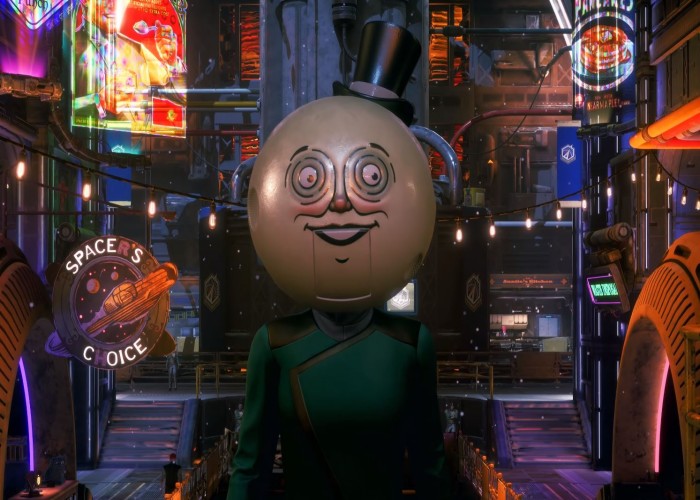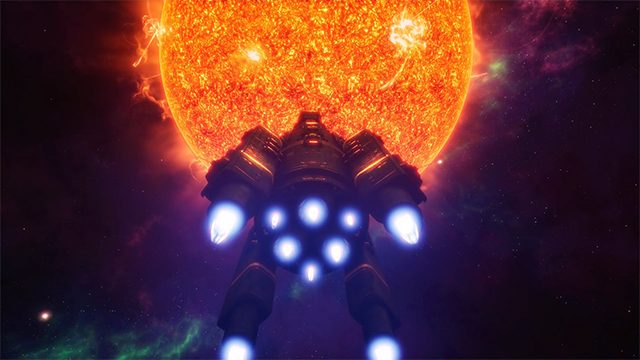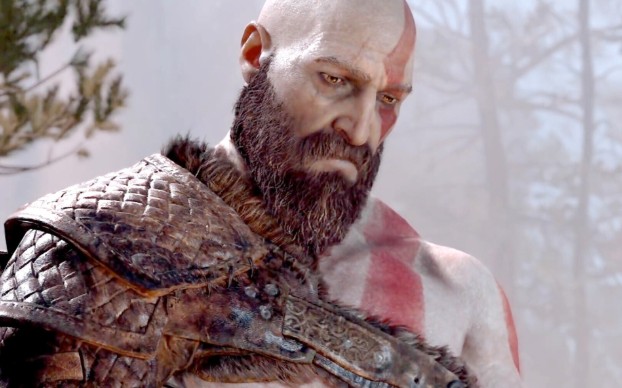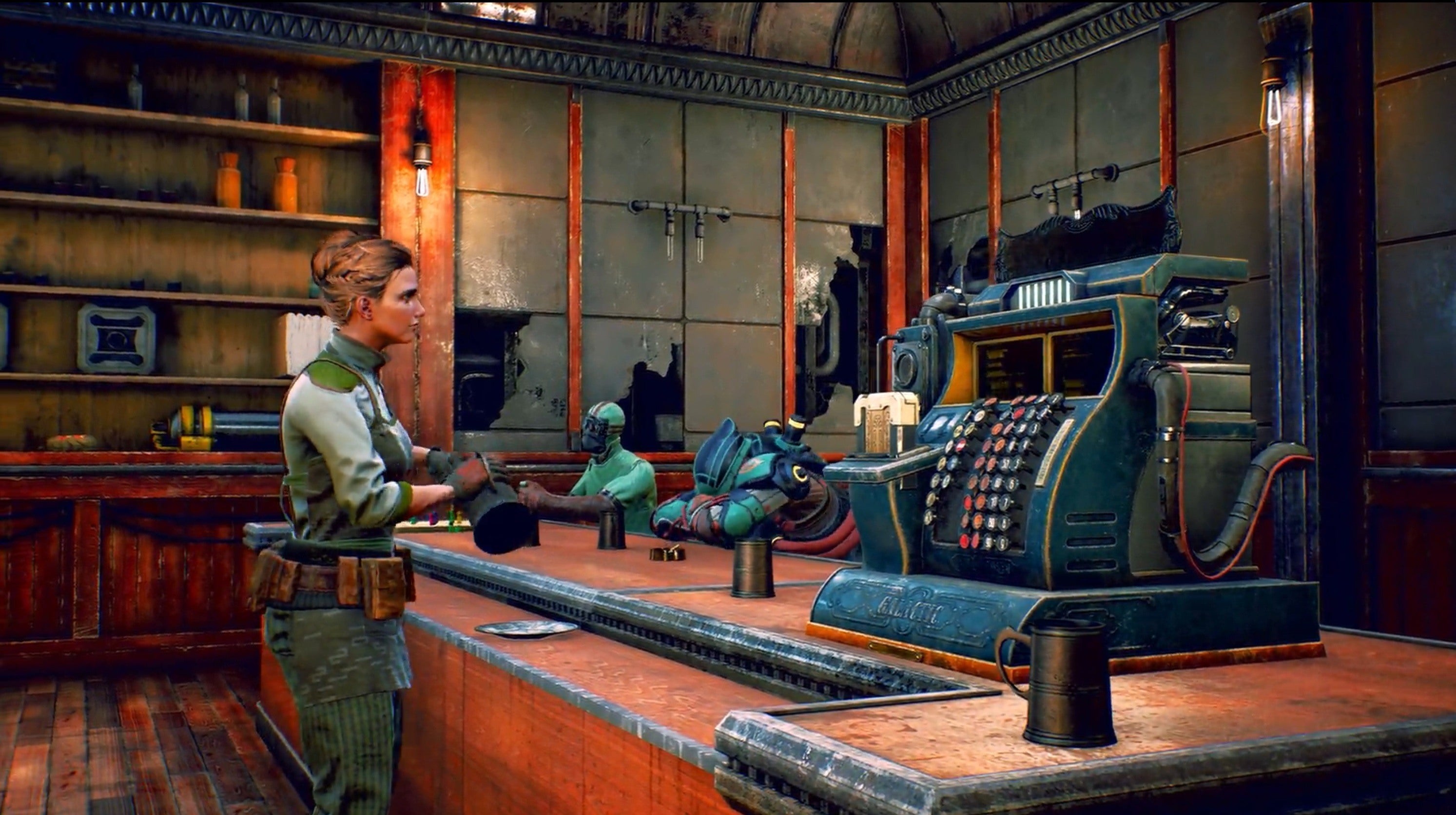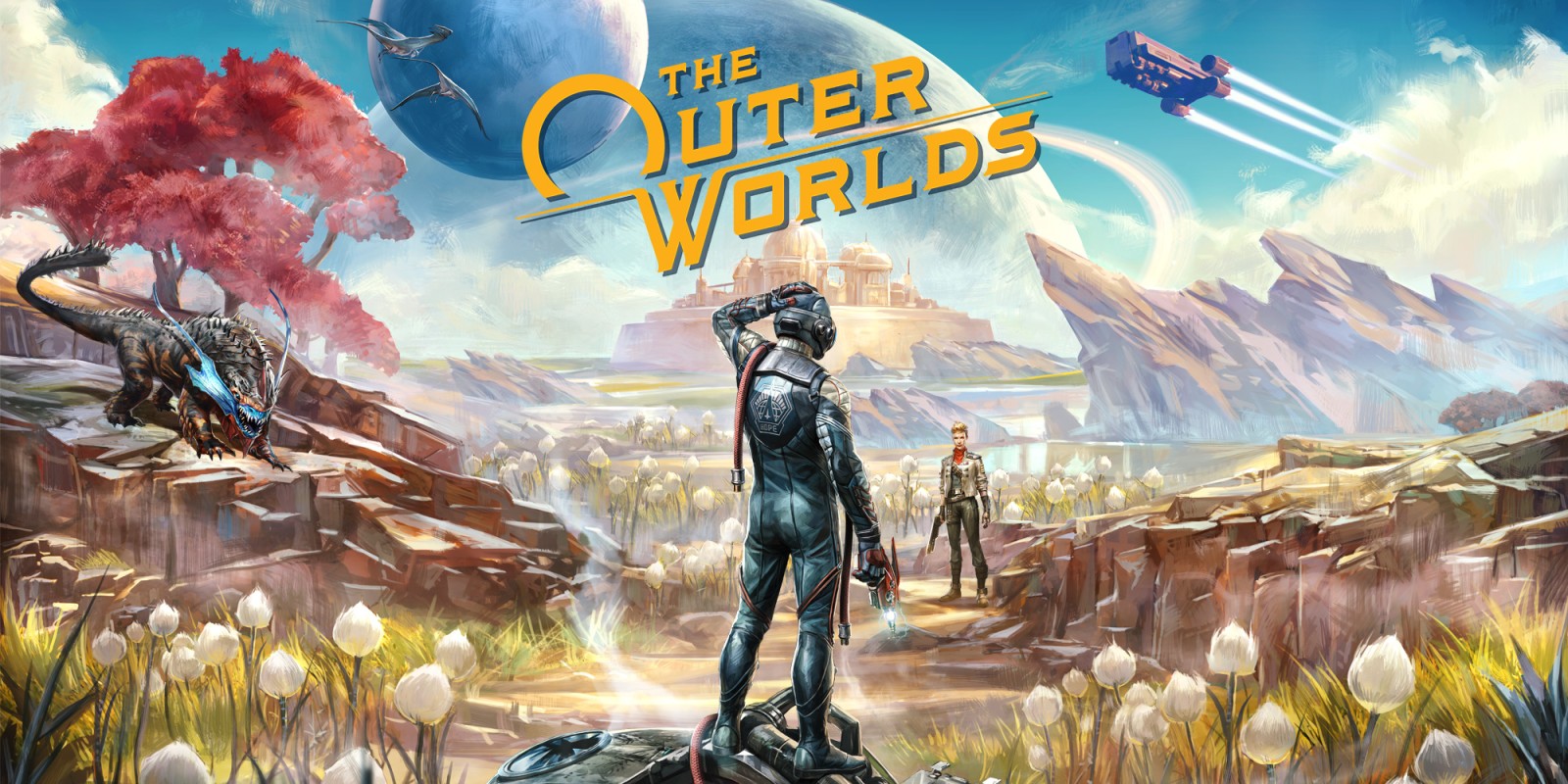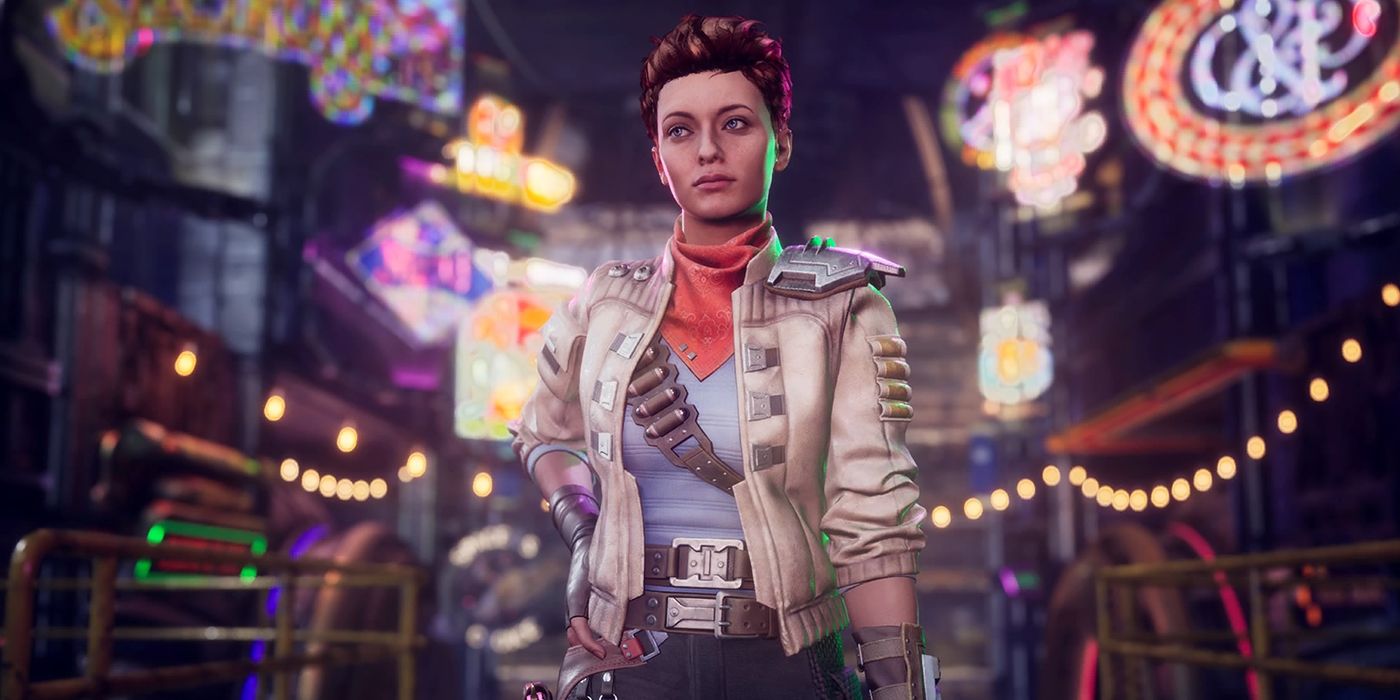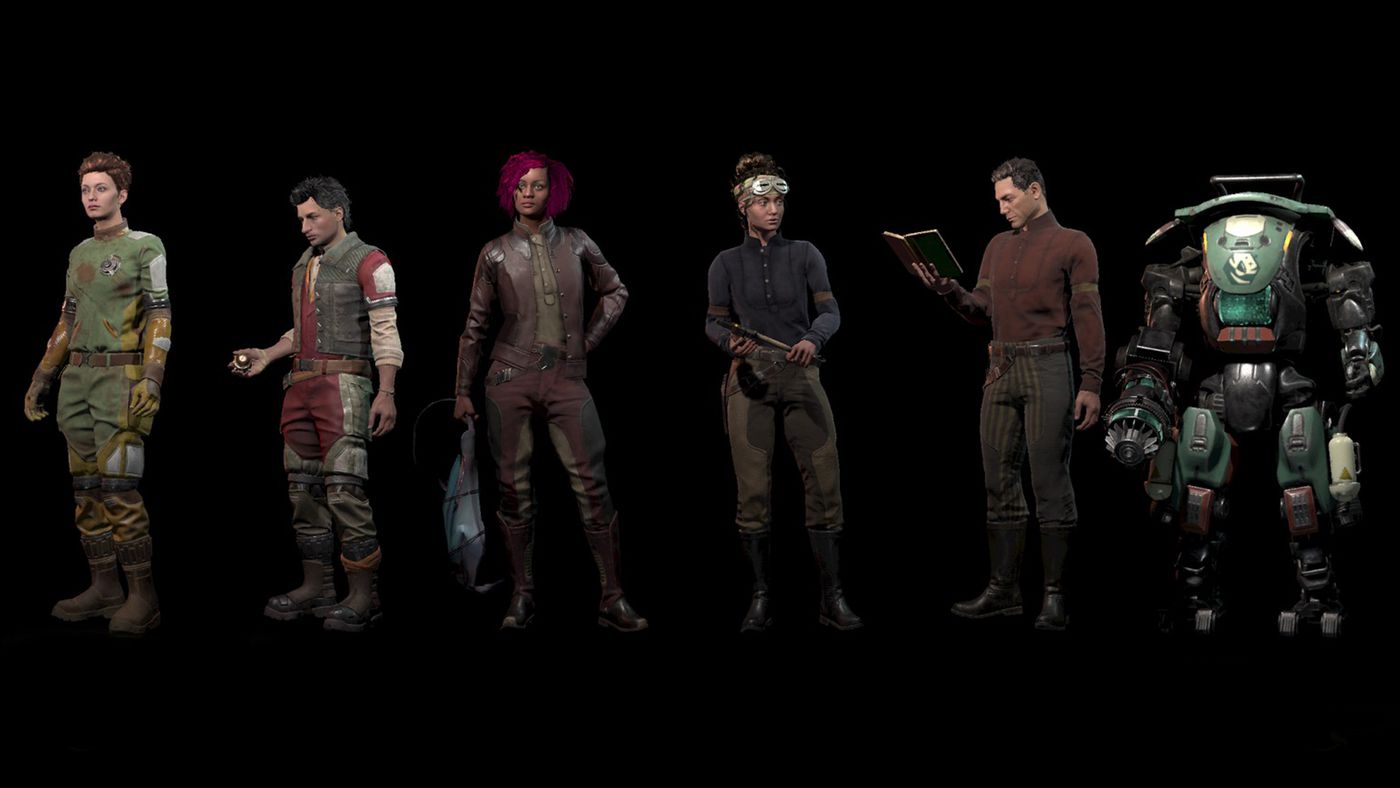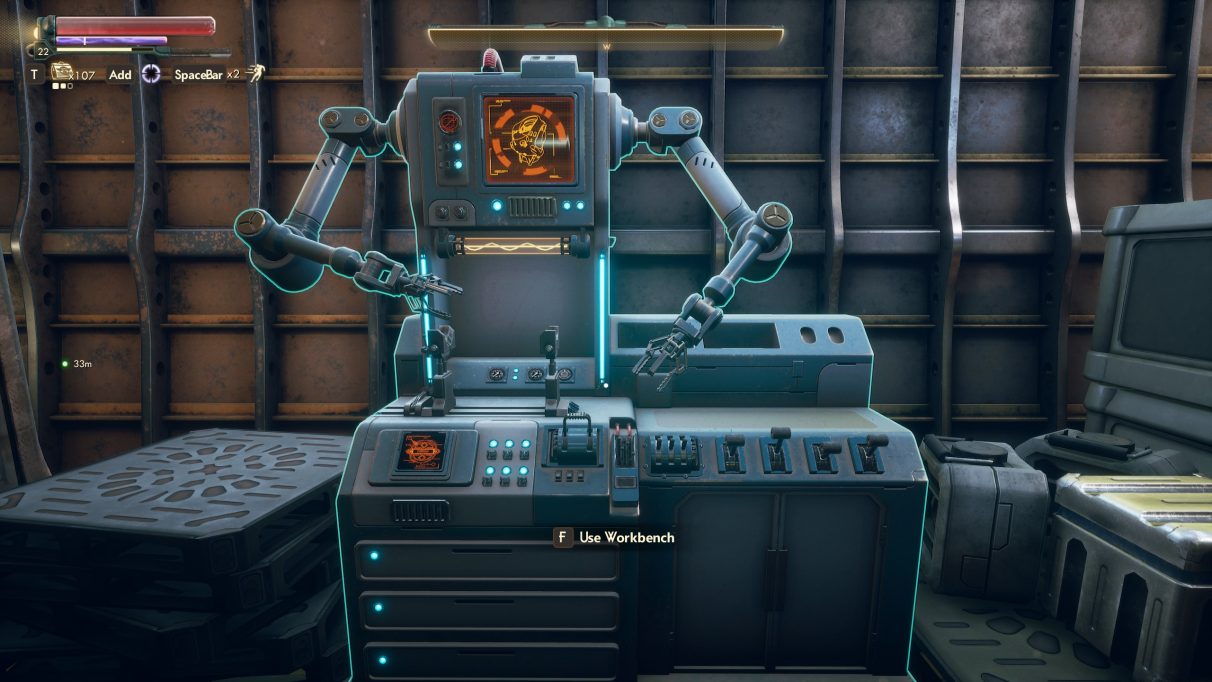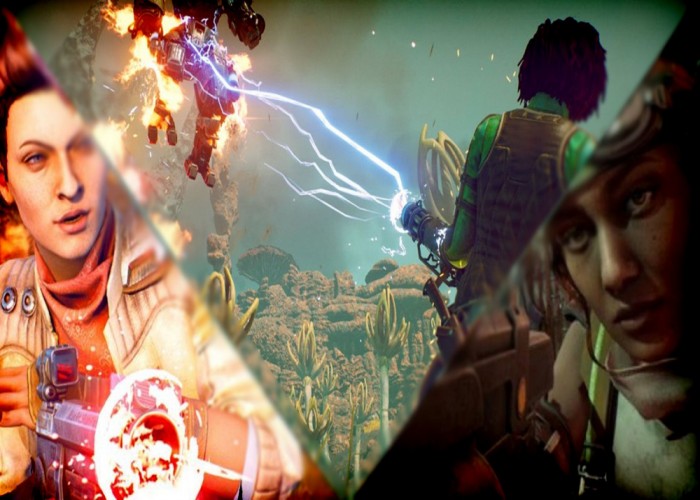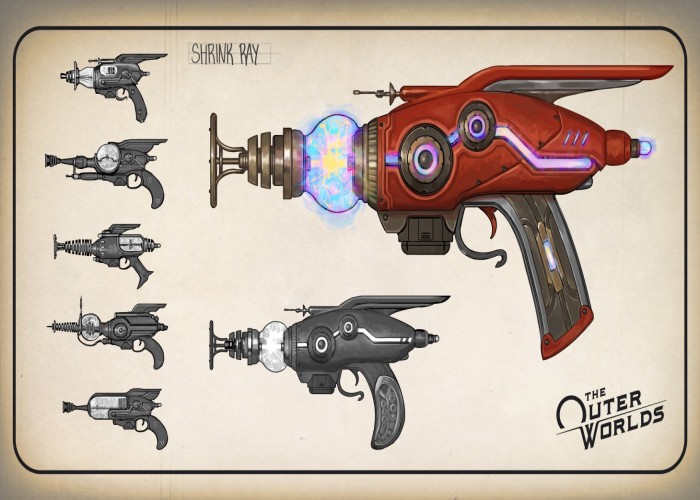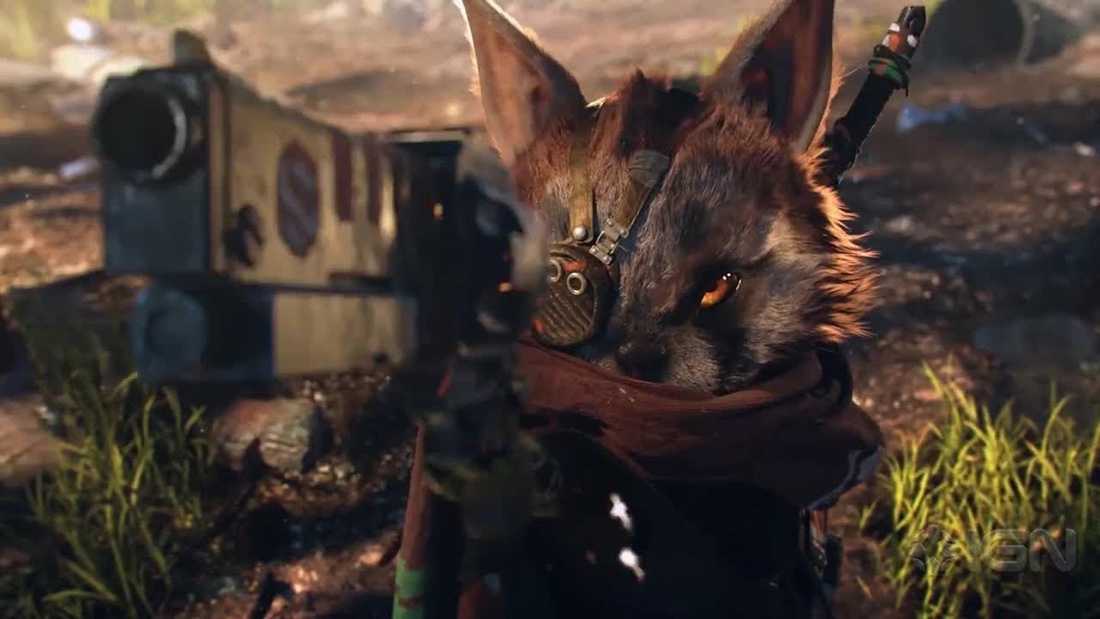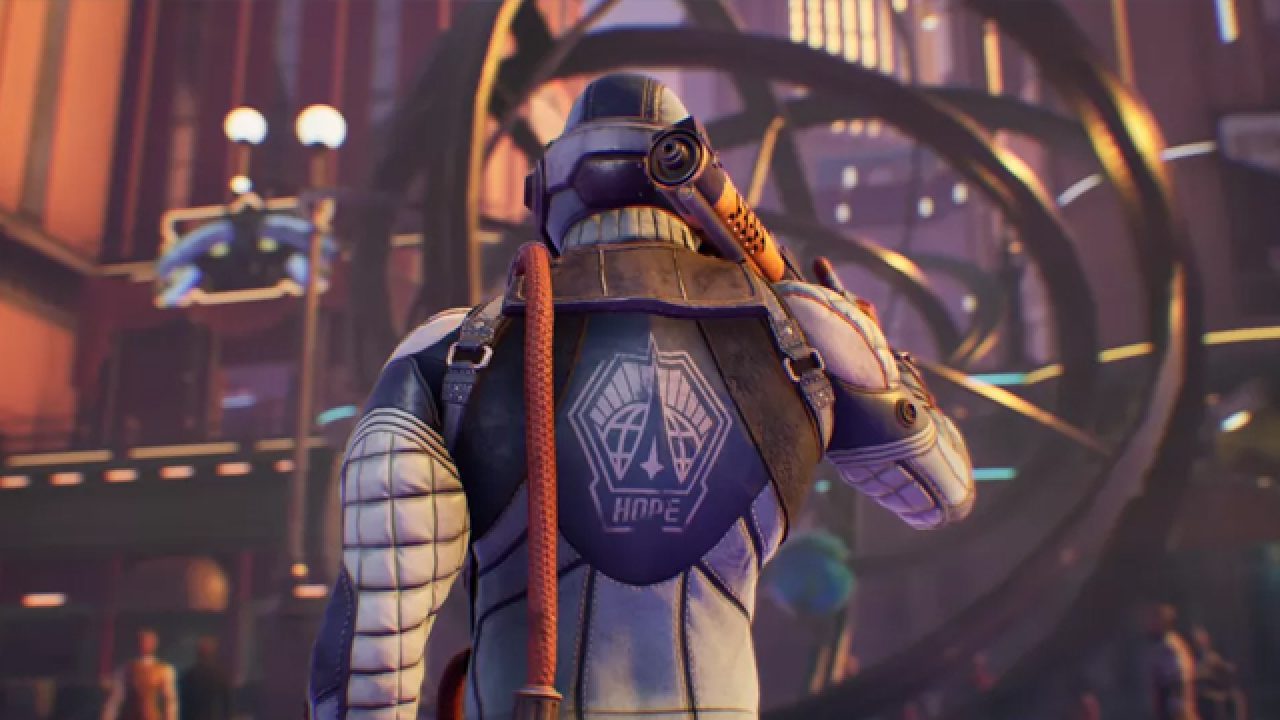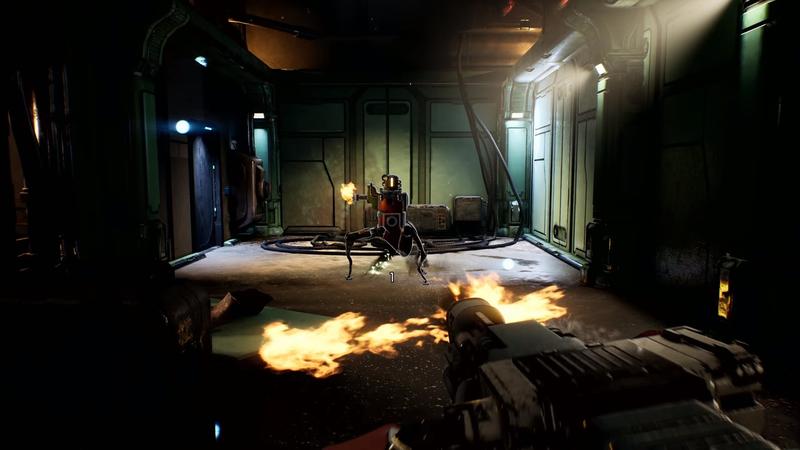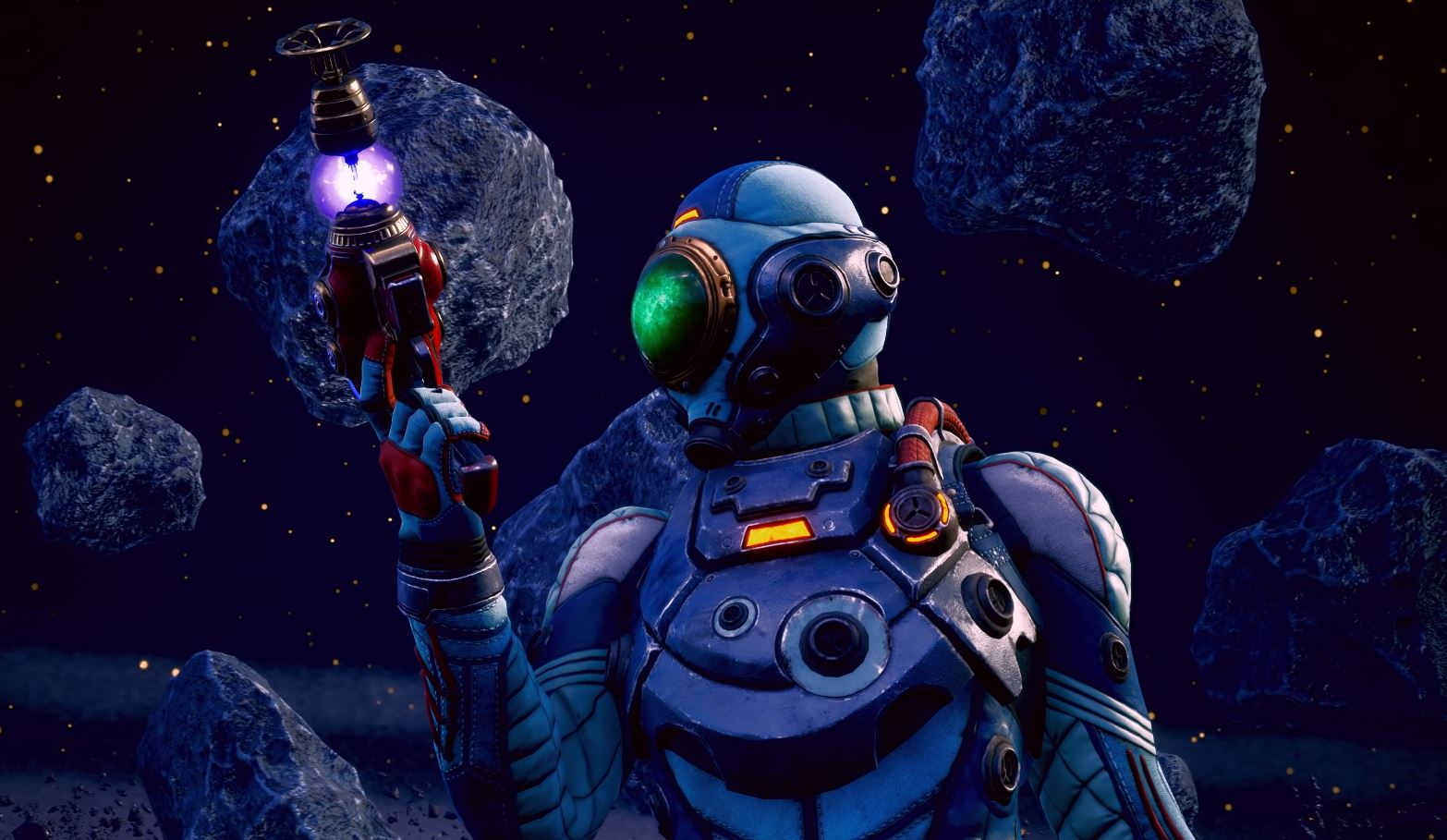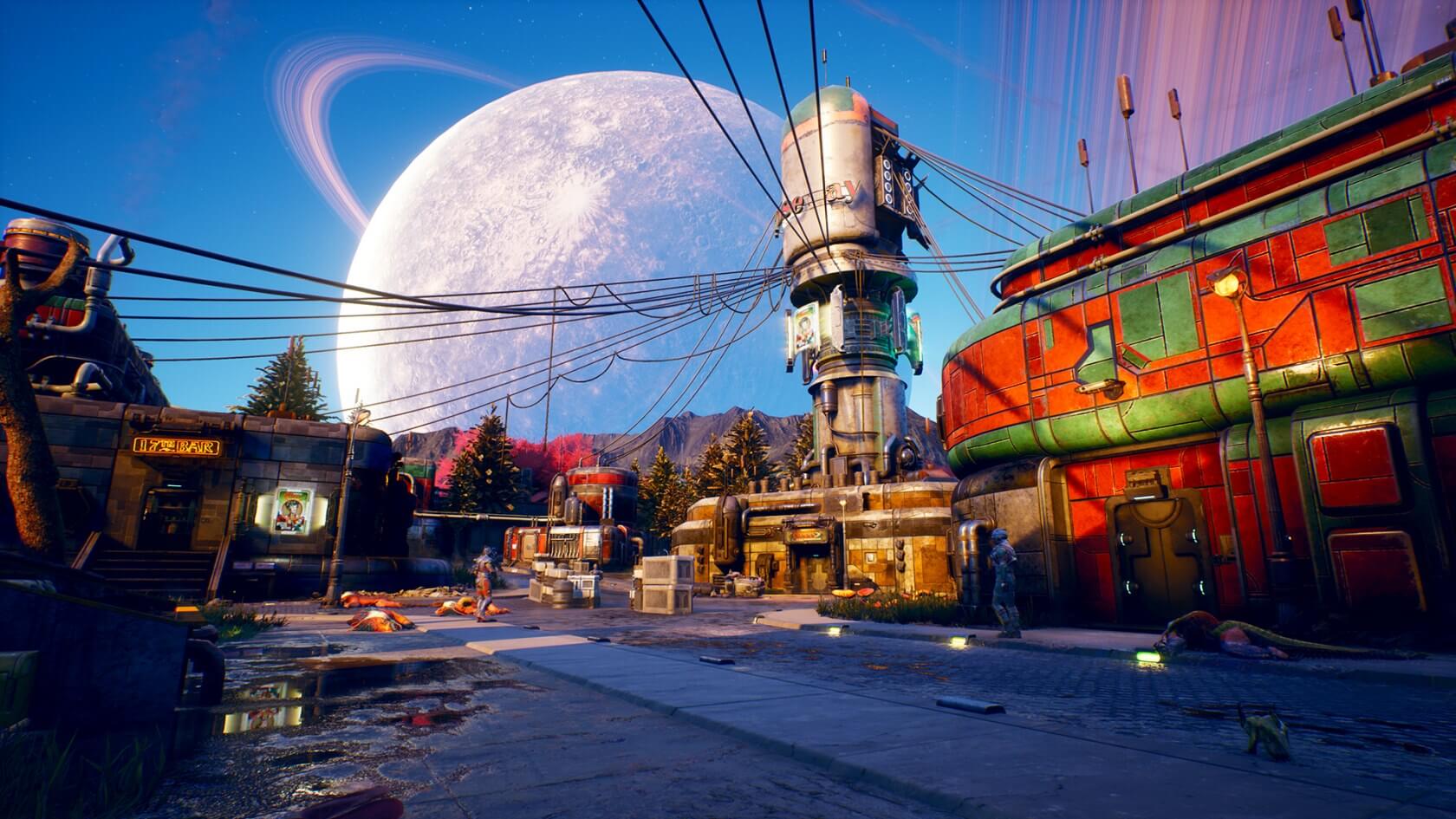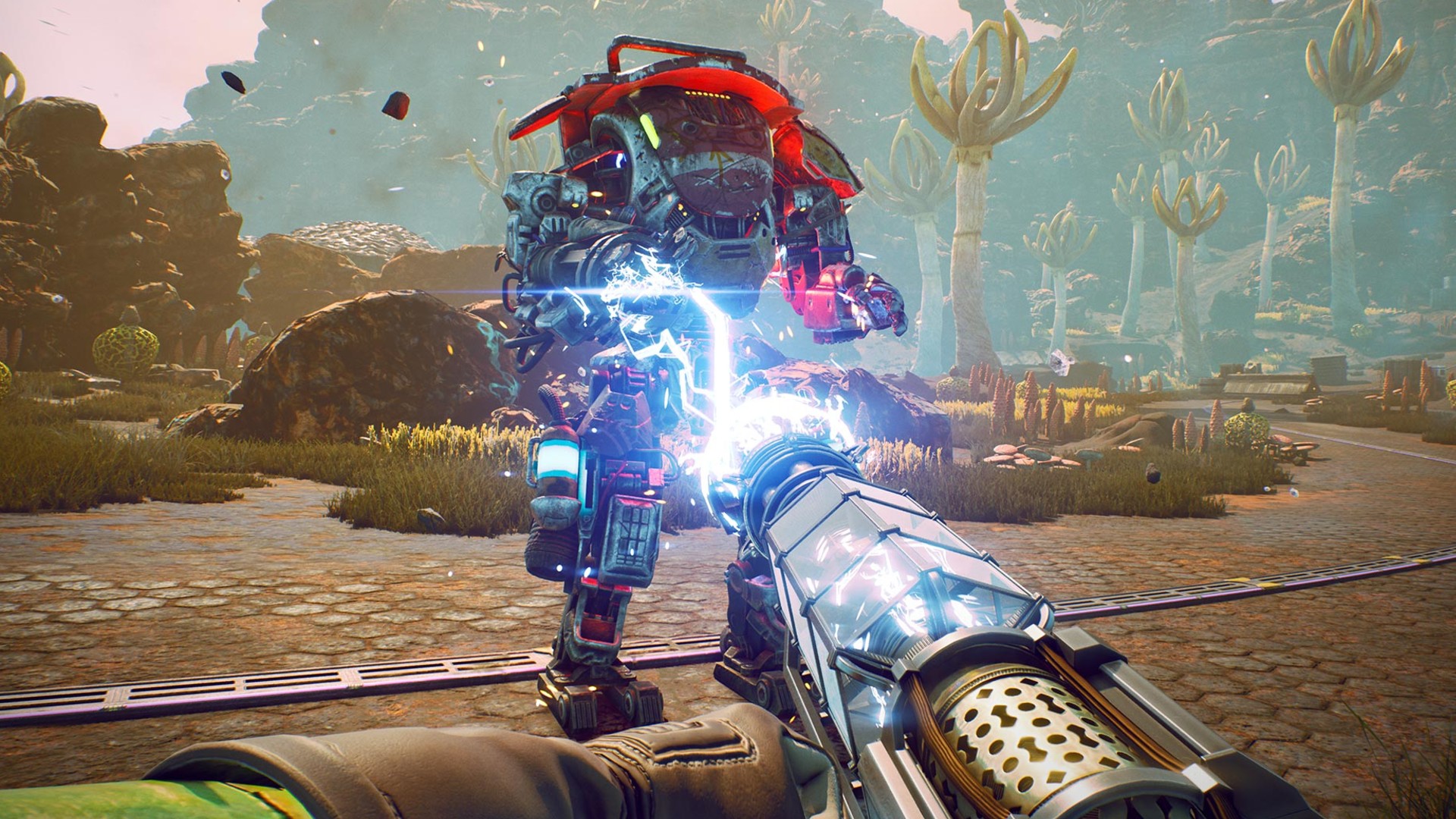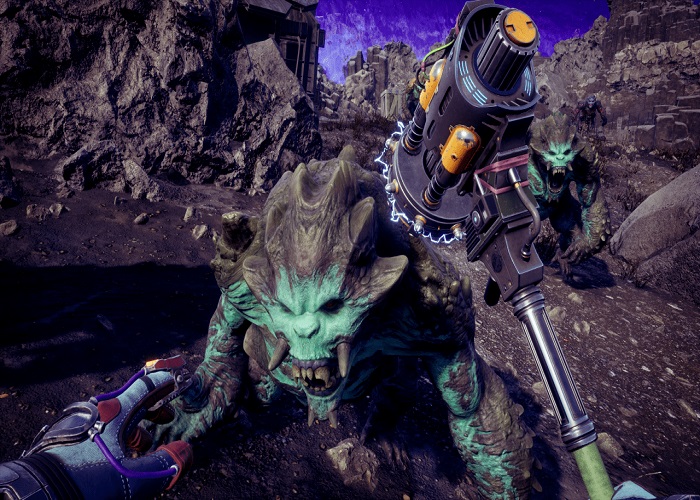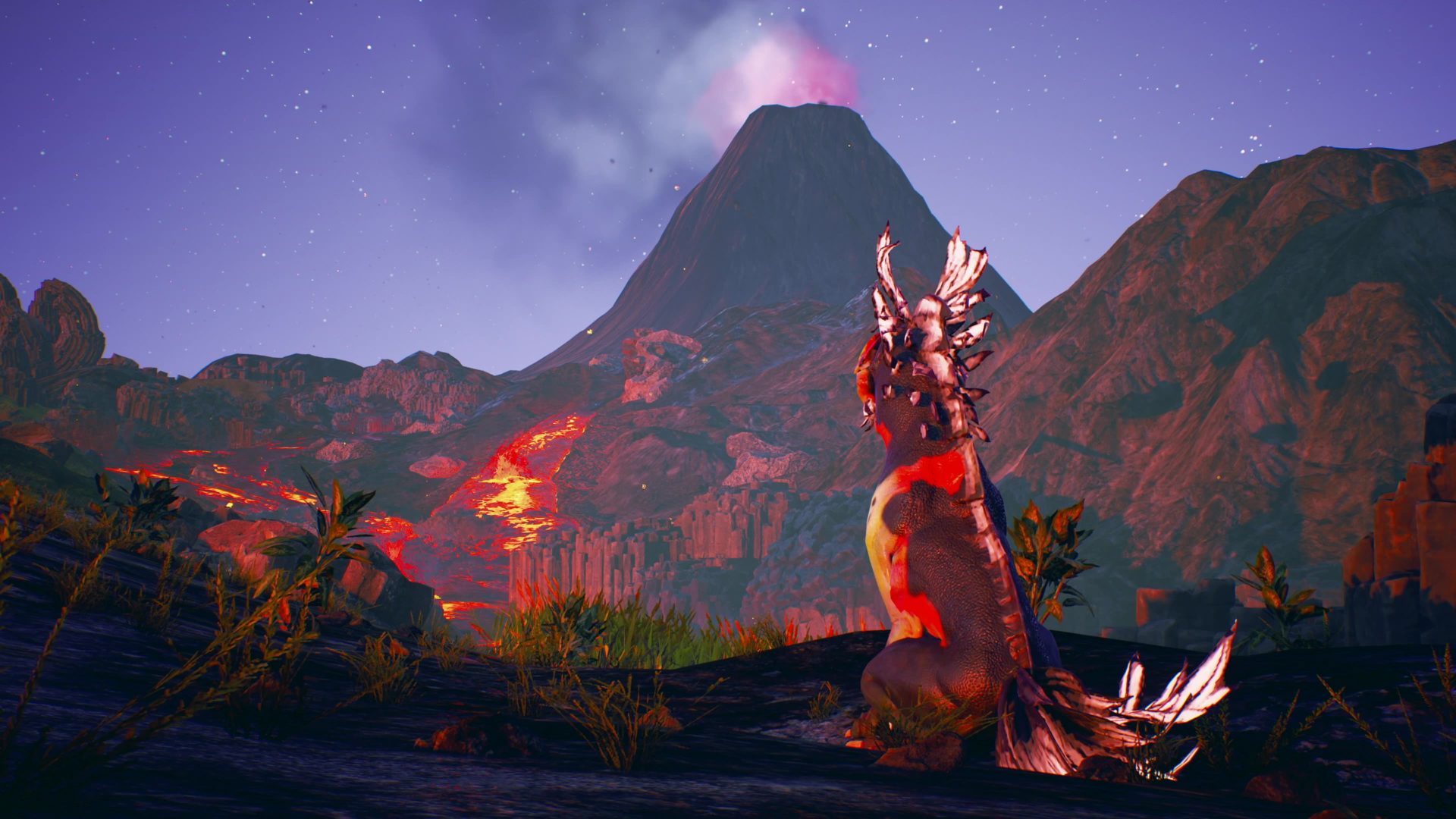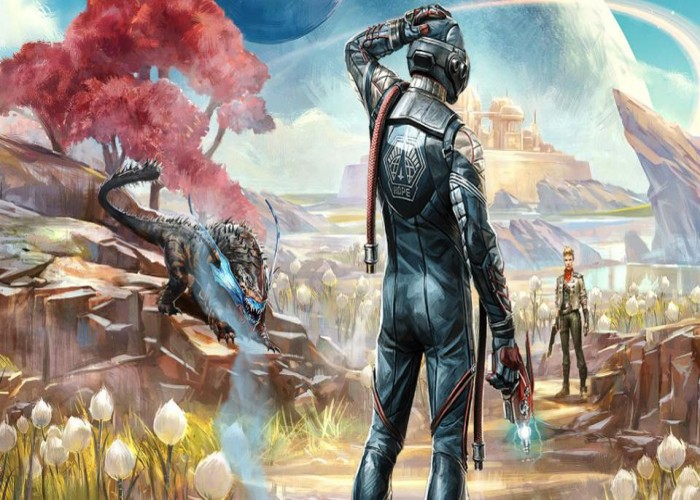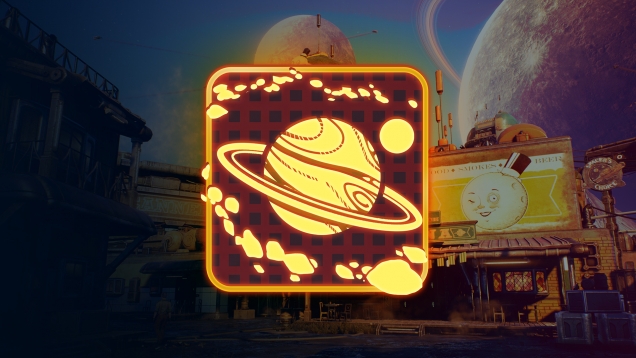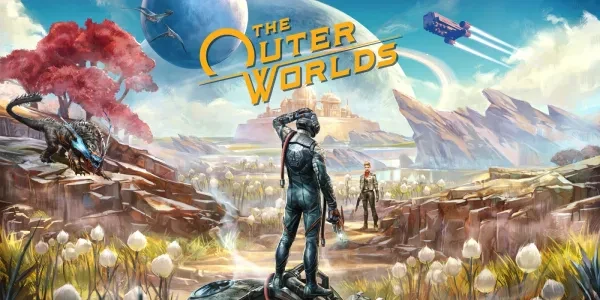
Does The Outer Worlds still hold up?
This will be a review of the PC version of The Outer Worlds available on Steam. It will be a critical review of what the game is like to play in the year 2022. What it gets right (and wrong) along with any bugs that exist. Fair warning there will be quite a few comparisons to the Fallout games, especially the ones created by Obsidian Entertainment and, to a lesser extent, Black Isle Studios.
About The Outer Worlds
The Outer Worlds is a first-person action-RPG very much in the style of the Bethesda Fallout games like Fallout 3, 4 and New Vegas. That last one is also appropriate since like Fallout: New Vegas, it was developed by Obsidian Entertainment, but published by Private Division. Released on 25 October 2019 for Windows PC, PS4 and XBOX One to overall positive reviews, it drew some complaints at the time for only being available on the Epic Games Store for a full year before being available on Steam. When checking Steamcharts, the game’s popularity is about average currently, compared to most of the Fallout games except Fallout 4, with an average player count of 1367.
The game sits in an interesting place from a development standpoint. Development started in 2016 and used the Unreal Engine, but during this time Obsidian was in the process of being bought by Microsoft Studios. Take-Two Interactive, who owned the publishing label Private Division, had secured the publishing rights before the acquisition by Microsoft was finalised however, and it has sold more than 2.5 million copies as of February 2020.
The Outer Worlds Story
A comical story summary for the game
The game takes place in a retro-futuristic setting, like the Fallout games, but this time you are exploring Earth’s colonies in the Halcyon system. You are The Stranger, a colonist aboard the ship Hope, one of two colony ships sent to the system to terraform and colonise it. Unfortunately the Hope’s skip drive (the game’s version of a hyperspace drive) failed or malfunctioned and a trip that should have taken ten years instead took seventy. This is too long a time for anyone to stay in suspended animation so the Board, who control the corporations on the colonies, left the ship at the edge of the system and claimed that it was lost. During that time the system has turned into a dystopia where all the colonies are completely owned and controlled by various corporations.
You are rescued and somehow revived by professor Phineas Welles – the spiritual brother to Rick Sanchez of Rick & Morty – who tasks you with helping him find more of the chemicals he needs to revive the other colonists who are still frozen aboard the Hope. He cannot do this on his own as the Board has labelled him a criminal and placed a bounty on his head. So you are unceremoniously launched to the surface of Terra 2 to meet Captain Hawthorne, who has been hired to ferry you around the system. Through hilarious circumstance this doesn’t happen, and you end up captaining Hawthorne’s ship The Unreliable. You then proceed to go about the task Welles has set for you, collecting crew-mates along the way.
The premise and setting are interesting and provide a lot of the initial impetus to explore the world you find yourself on. The main story has it’s interesting moments, with a lot of surprising twists along the way. There is also an unexpected amount of humour in this game, though a lot of it can be morbid and kind of dark depending on your taste.
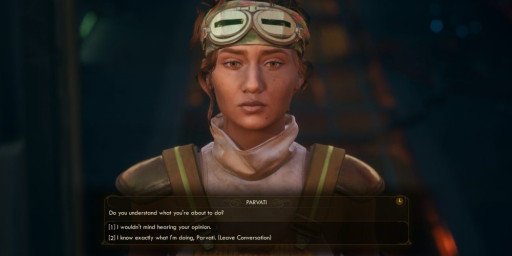
An early quest-related conversation with one of your first crew-mates.
One early side-quest for example, has you collecting grave-site fees. Sounds simple you might think, until you start digging a little more, no pun intended. Each town is owned and controlled by a corporation, as mentioned earlier, and it rents the graves out to its employees/citizens. If you happen to die, your family members have to pay, though how the company enforces that rule is kind of disturbing. In one memorable case, one employee committed suicide. Besides the fact that this is frowned on by the company, the person who was physically nearest to the event, has to pay the grave site fees in that case.
The Outer Worlds Gameplay
A taste of some of the gameplay
So, the gameplay, how is it? It’s your typical first-person action RPG fare. It has to be said though, that it has a surprisingly (or not so surprisingly if you know Obsidian) in-depth character creator. You create your character from their base stats, to their starting skills, to their physical appearance. One negative, that was slightly addressed later on, was the fact that there is no way to see what your character looks like after creation except on the inventory screen. So, you cannot play the game in third-person. There is however, an idle camera. This either starts automatically if there has been enough of a delay in input from the player, or it can be initiated by the player by accessing the pause menu.
There are no definable classes to speak of. As mentioned before, during character creation you have a choice of skills you wish to make your primary skills. These primary skills get a boost and start at a higher level than others, though this does not exclude them entirely. All skills are available to any character, though the three skills you choose at the start will in all likelihood be your main focus, which sets your specialisation as such in the beginning.
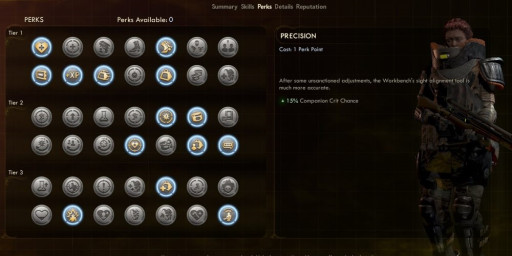
Besides skill points that can be assigned, there are also various levels of perks to choose from.
Similar to most games in this genre, there are the standard things to do during the game. There are shops to buy and sell to. There are side-quests to complete, some of which are actually interesting and surprisingly entertaining. As with most Obsidian games, conversation plays an important role and can net you a lot of extra experience points. What is a nice touch though is, like with Fallout New Vegas, skills that aren’t strictly conversation specific skills (like Engineering or Medical) can also be used during certain conversations.
Like most RPGs, you can pick up party members along the way these include Parvati Holcomb, a mechanic you meet in the first town, to SAM (short for Sanitation And Maintenance), a cleaning robot who, instead of shooting water, has been modified to shoot corrosive acid. SAM also deserves a mention because instead of actual conversation, he spouts product related lines at you or talks about how much dust has accumulated in the area.
Most of these characters (actually, all of them except SAM) have quests that unlock after they have travelled with you for a certain amount of time. Almost all of them are reasonably entertaining and worthwhile, though Parvati’s series of quests deserve special mention. Basically they involve you helping her set up a date between herself and the chief engineer of the Groundbreaker, which was the other colony ship that travelled from Earth.
As mentioned earlier, during the first part of the game you gain access to a spaceship. This will be your main form of transportation through the game as you visit the various planets. At the start, this is exciting, until you reach about midway through the game. The main problem at this point is that you mostly travel to various points on one planet. These areas are all reasonably distinct and worth exploring, though their size varies from area to area.
As far as re-playability is concerned, there are quests that have options that are worth exploring during a replay. The main quest especially has what basically amounts to an evil option that is available from the moment you arrive on the Groundbreaker, and towards the end this becomes something you can actually progress.
Overall the game is definitely worth at least one extra play-through after you have finished it just to see the differences in the ending, and since the game is reasonably short compared to most others in the genre, it is not such a chore.
The Outer Worlds Combat
The Outer Worlds Combat
Combat is your basic First-Person Shooter affair – though there are weapons and skills available to create a close-combat character – with interesting passive skills that unlock at certain points. Your character level is capped at 30, which might seem low, but you can only reach this if you do almost every side-quest and party member quest that becomes available. With both of the DLC installed this cap is lifted to 36, though whether this is high enough is up to the individual player.
The Outer Worlds also has a version of Fallout’s VATS system, called Tactical Time Dilation or TTD for short. This basically allows you to significantly slow down time in order to aim. This ability is explained in the story as a complication of you being awoken after so long or possibly the chemicals that were used to do it.
Every time you level up, you get 10 skill points to spend however you want. The system starts off simple since for example, your skill with rifles, heavy weapons and handguns are all grouped under the Ranged heading. This Ranged skill is the one you raise, up to a skill level of 50, at which point the specific sub-skill unlocks. At 20 point intervals, you unlock certain passive abilities which can – depending on the skill – be anything from ranged attacks ignoring a certain amount of armour to unlocking special attacks for your party members.
The combat is strictly first person and most often involves shooting things. For this you have three different ammo types namely Light, Heavy and ammo for Energy weapons. The distinctions of which weapon uses which ammo can be confusing, though in most cases the assault rifles and sniper rifles use Heavy ammo and the pistols use Light Ammo. Energy weapon ammo is most often used by certain rifles and most heavy weapons (flamethrowers and such).
You also have the option of modifying your weapons, like adding a scope or increasing critical hit damage, or changing the damage type. The same is true for the armour, where you can add upgrades to provide bonuses to certain skills or even increase walk and sprint speed. There is even the option to Tinker with an item. This basically involves you spending money at a workbench to upgrade the base stats of an item.
The Outer Worlds Quest/Mission System
As far as the quest or mission system in this game, there isn’t an obvious one to speak of. Since this is an RPG with a heavy focus on story, the quests are very much tied to it, especially the main quests. Quests are divided between Main, Side, Companion, Faction and Tasks. Most of these are self-explanatory, though the game also separately keeps track of Botched quests, which are quests you failed. I have to admit, that last one has never had any quests in any of my playthroughs, since I think they only end up there if you don’t complete them by a certain point in the story.
As mentioned, most of the quests, especially the ones related to your party members, are worth doing and are well-written and voice-acted. The only problem as such, with the party members is that unless you outfit them with the heaviest armour you can get and the weapon with the highest damage that you are not using, they will die. A lot. This is a problem because on the highest difficulty setting, if your party members die they stay dead.
The Outer Worlds Graphics
The Outer Worlds graphics trailer
Overall the graphics hold up reasonably well by today’s standards with some nice use of certain effects during one-on-one conversations with characters. The characters and world look really good and the characters look distinctive both out in the world and when you zoom in to talk with them. Personally, I think it still looks great.
Visually the planets and locations you visit look suitably distinct from each other, and overall the game is bright and attractive to look at. The animations of the characters are good in combat and otherwise, though their facial animations as far as expressions in conversation go, could use some work. The characters can seem a little expressionless, though not as bad as Mass Effect: Andromeda was at release.

Some of the planets and even the combat can look beautiful.
It has to be said though that there are some cases where there is some visual pop-in or, on lower-end systems, you have to wait before moving so the game can finish loading details. This can be alleviated somewhat by adjusting the graphical settings. The only problem is that many of the various effects are lumped together. So you cannot for instance, turn off chromatic aberration specifically.
The Outer Worlds Developer
The Outer Worlds was developed by Obsidian Entertainment. They had previously developed Fallout: New Vegas, Pillars Of Eternity and Tyranny. Though they have a bit of a history of developing games that are well-written but buggy, that is not quite the case here. As mentioned earlier, there are some slight visual glitching, but this is not game-breaking, merely annoying.
The developers are reasonably good about communicating with the community, but do not release as many fixes once the final DLC is released.
The Outer Worlds Price
The standard edition of the game is priced at US$59.99 at most retailers with each of the DLC priced at US$14.99. It was released for PC, Playstation 4 and XBOX One on October 25 2019 and for Nintendo Switch on June 5 2020. The two DLC (Peril On Gorgon and Murder On Eridanos) were released on September 9 2020 and March 17 2021 respectively. Other than that there are no pay to win elements and no in-game purchases.
Final Verdict
A game well worth playing if you are a fan of the genre or a fan of Obsidian Entertainment, or if you just like well-written stories in games.
Score
8.5/10
Pros
- Good Story
- Entertaining Characters
- Interesting World to explore
Cons
- Some graphical glitches
- Level cap can be reached quickly even without DLC

